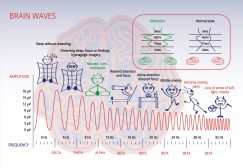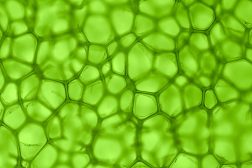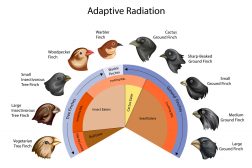Definition
noun, singular: gram-indeterminate bacterium
Bacteria that do not respond to gram staining and, therefore, are indeterminate as either Gram-positive or Gram-negative
Supplement
Gram’s method or gram staining is a simple microbiological procedure that enables quick identification of bacterial species as either gram-positive or gram-negative. Bacterial cells that are violet in color from the primary staining (with crystal violet dye) under the microscope are called gram-positive. Bacterial cells that lose the violet color and take the counterstain color are called gram-negative bacteria. The differing color results in bacterial cells after gram staining are associated with the structural differences in bacterial cell’s outer covering. Gram-positive bacteria have a thick cell wall comprised of a lot of peptidoglycans and teichoic acids that enable them to retain the crystal violet colour. Gram-negative bacteria have less peptidoglycan. The crystal violet gram stain colour is easily lost from ethanol-alcohol mix during decolorization. Because of this, they can be stained with the safranin dye (pink) after counterstaining. There are certain bacteria that are not responding the same way to gram staining, such as acid fast bacteria. It is because they have a different type of cell envelope. The fatty acids in their cell wall resist gram staining. For this type of bacteria, Ziehl-Neelson staining method is used.
Compare:
- gram-positive bacteria
- gram-negative bacteria
See also:







